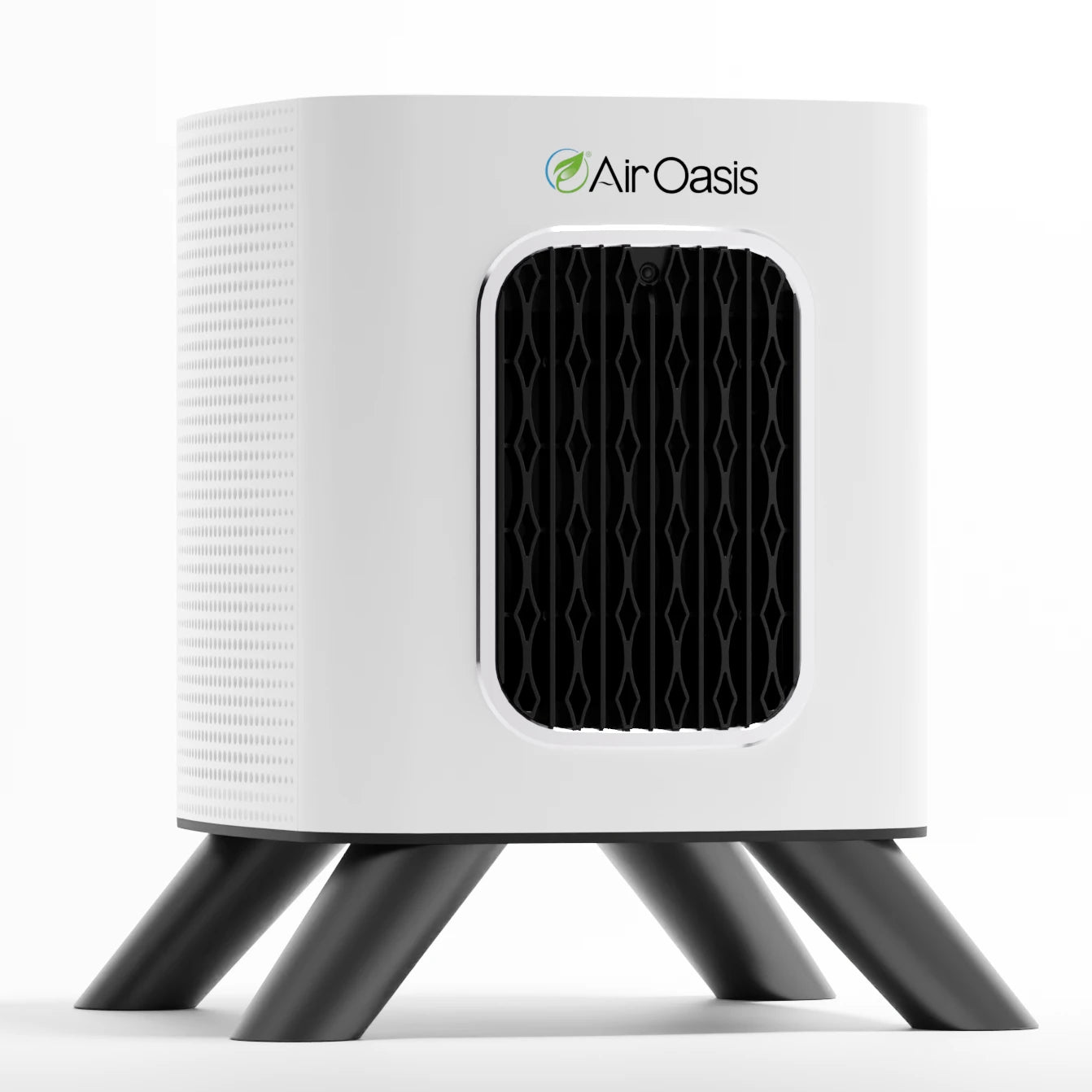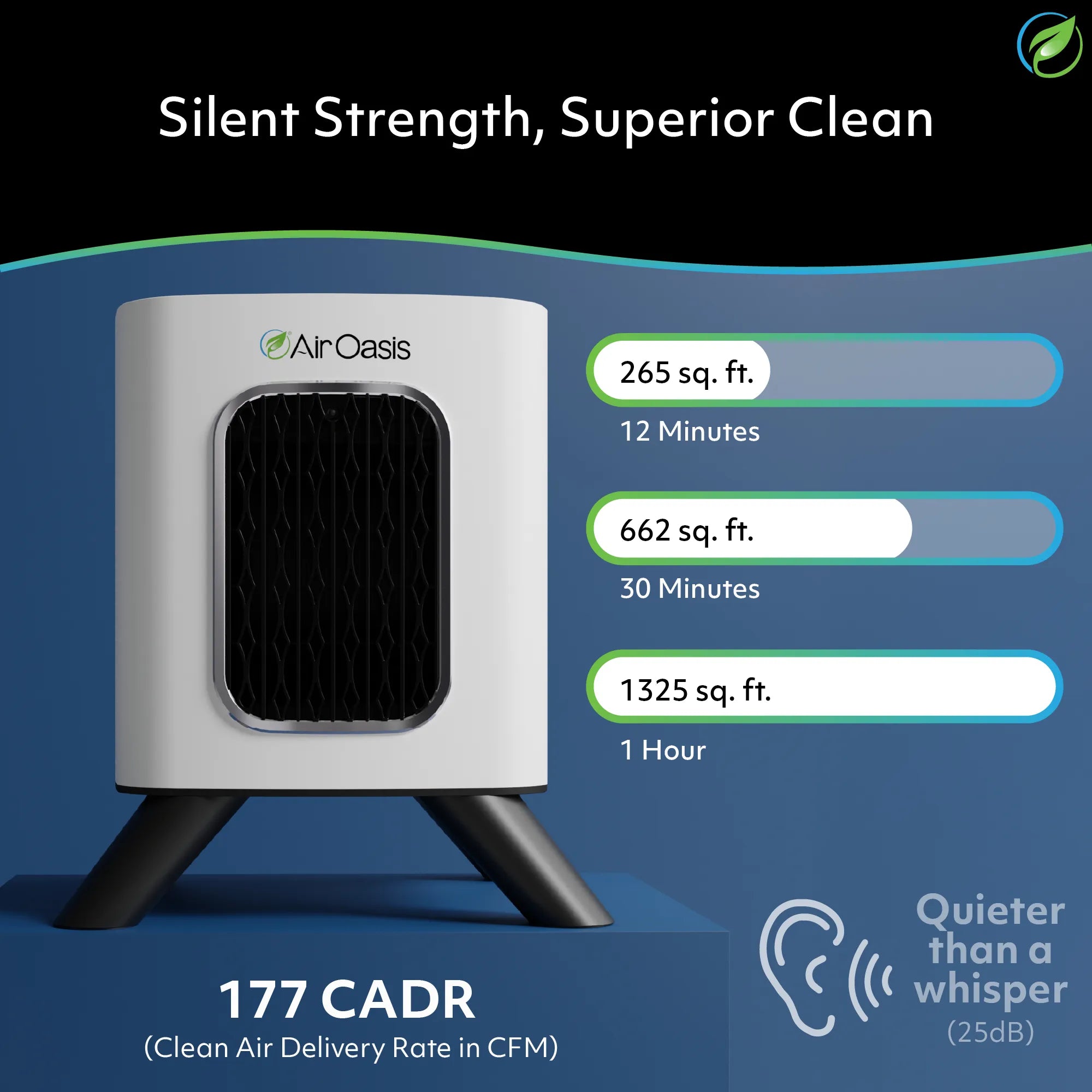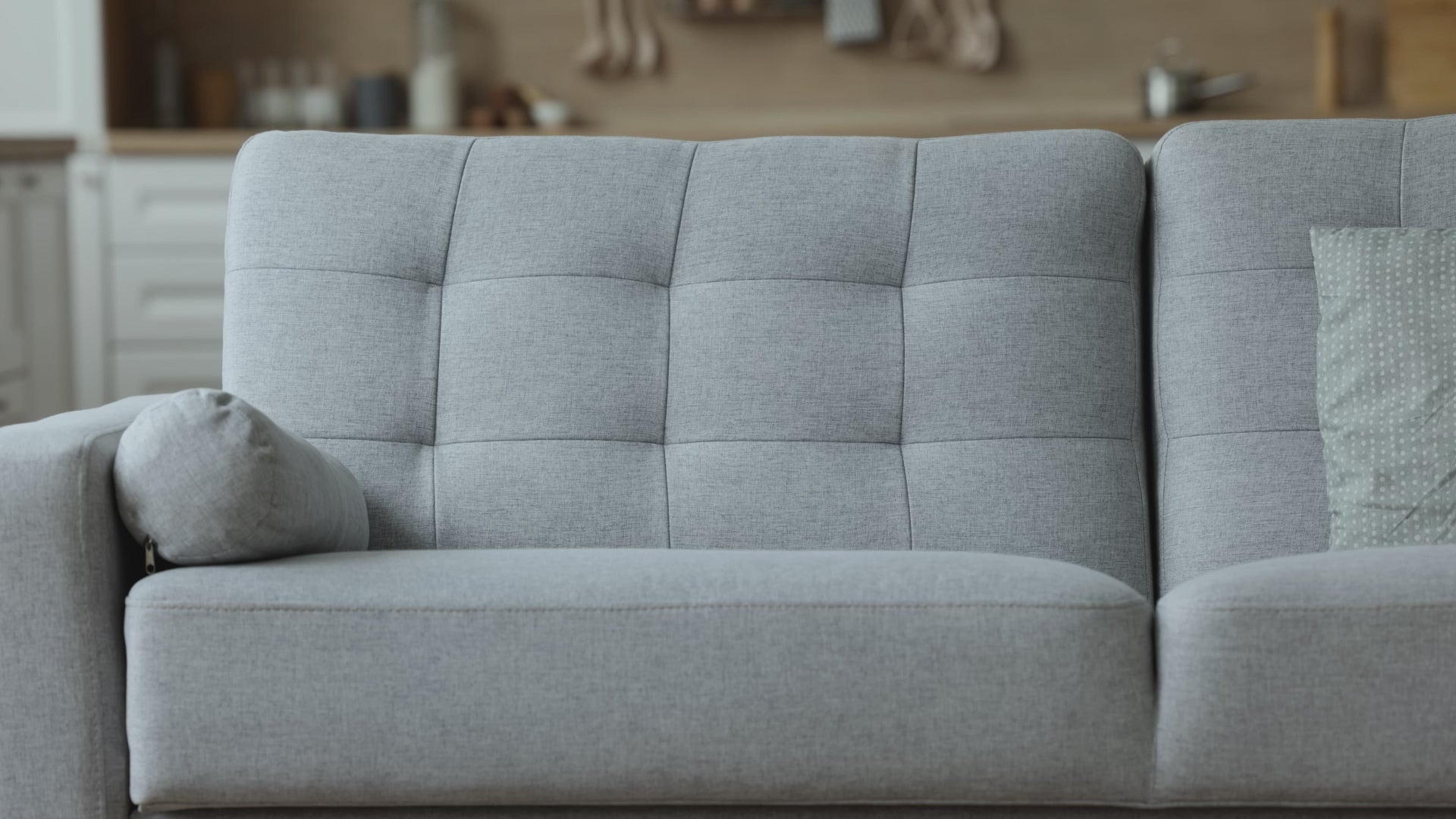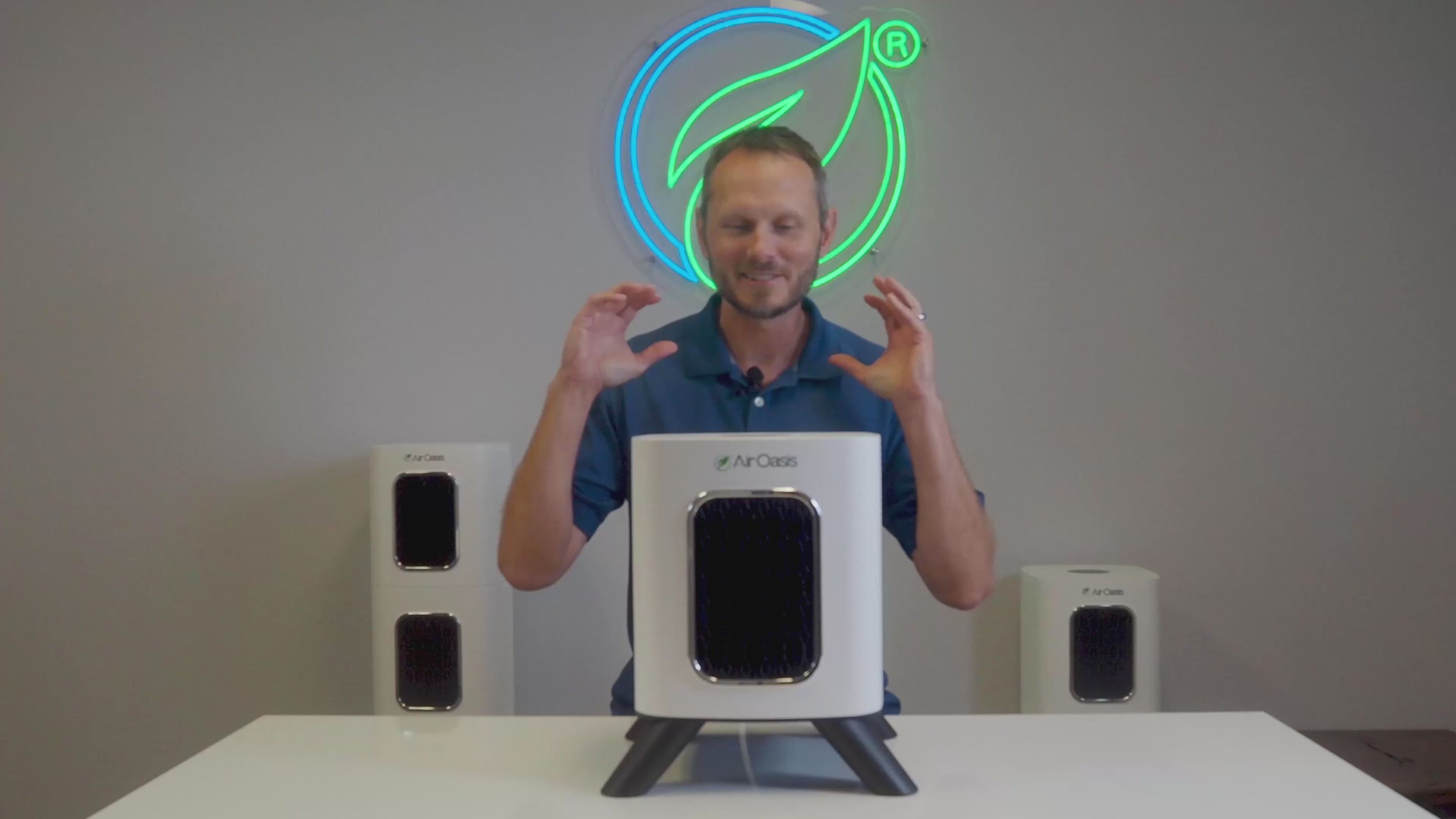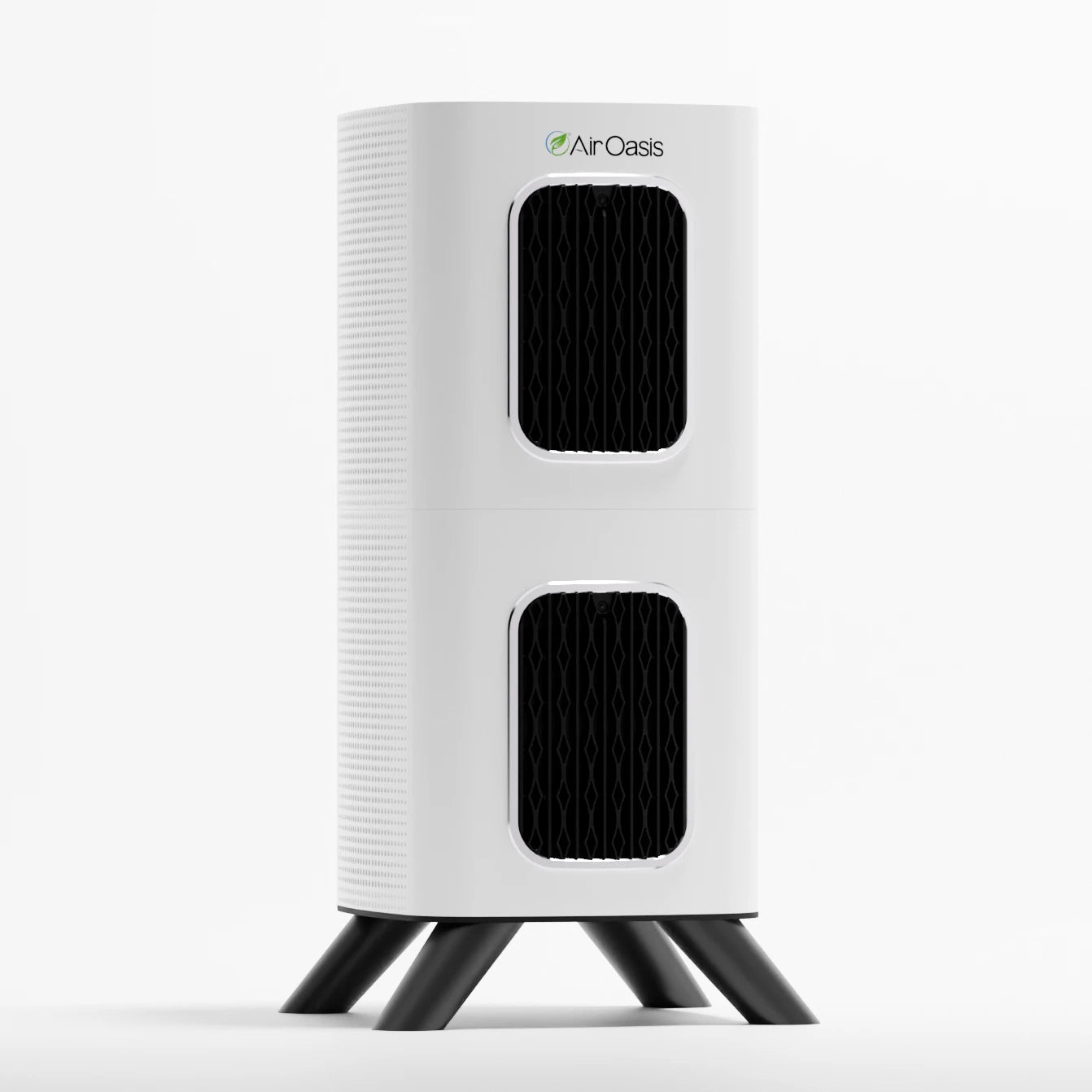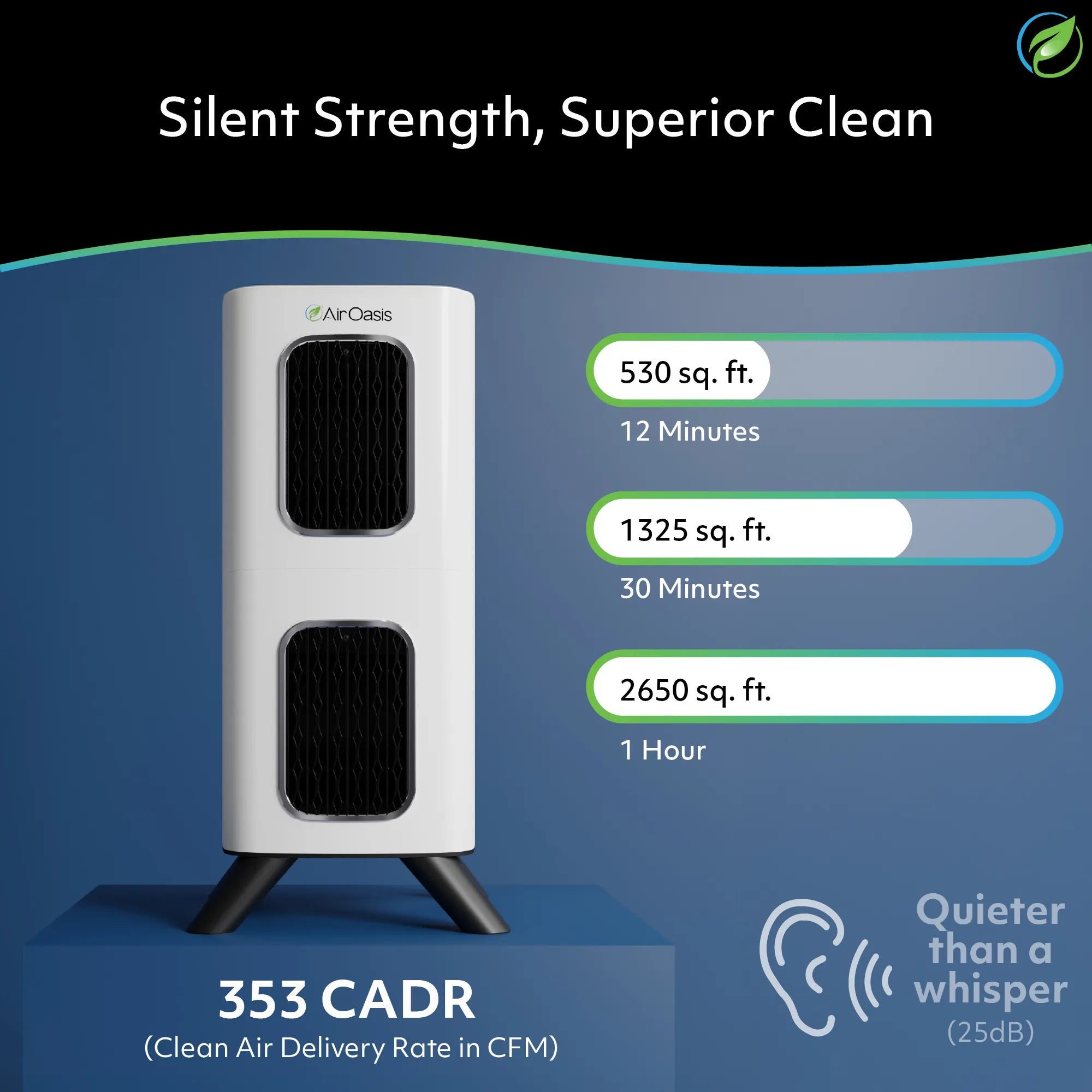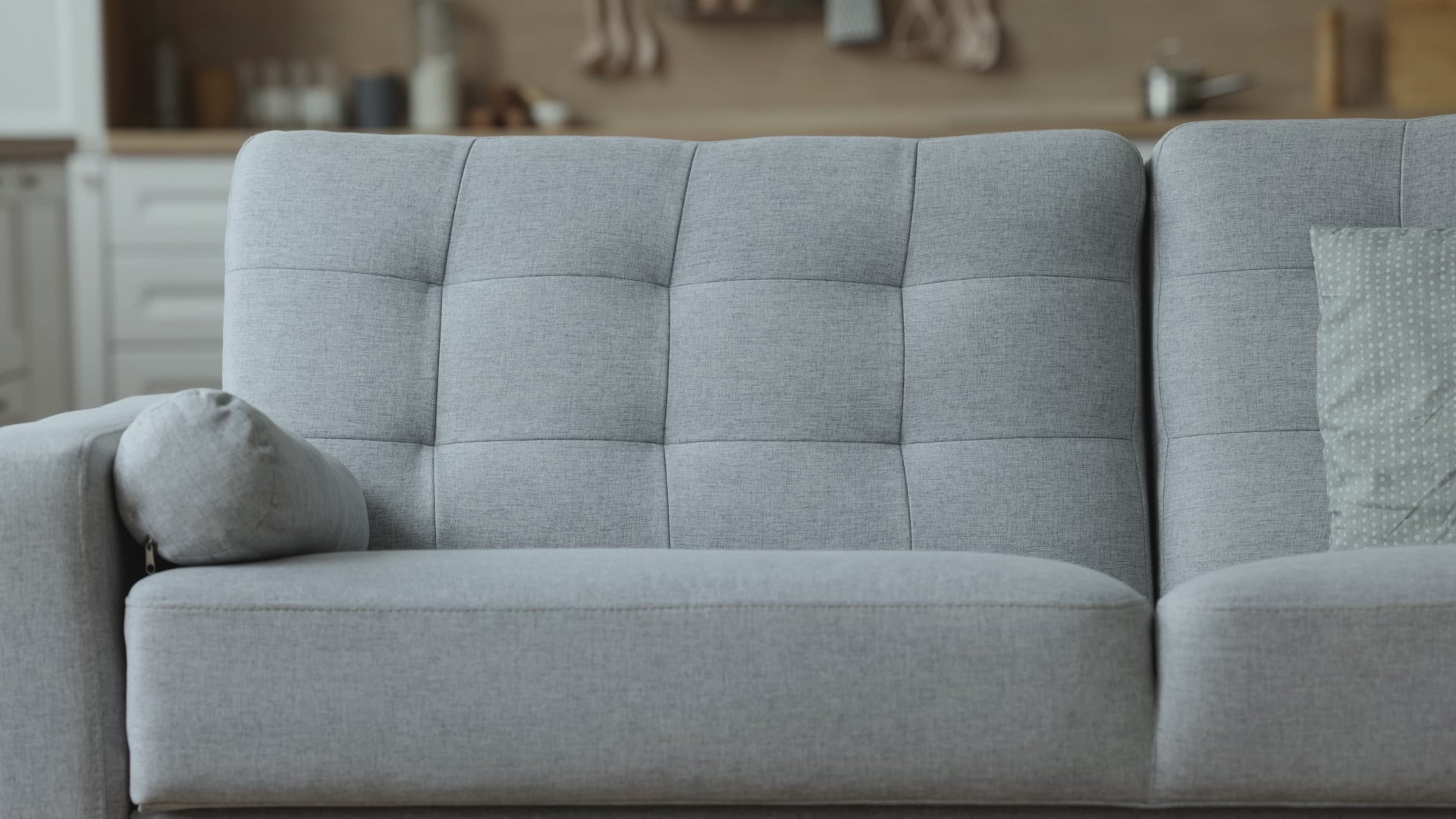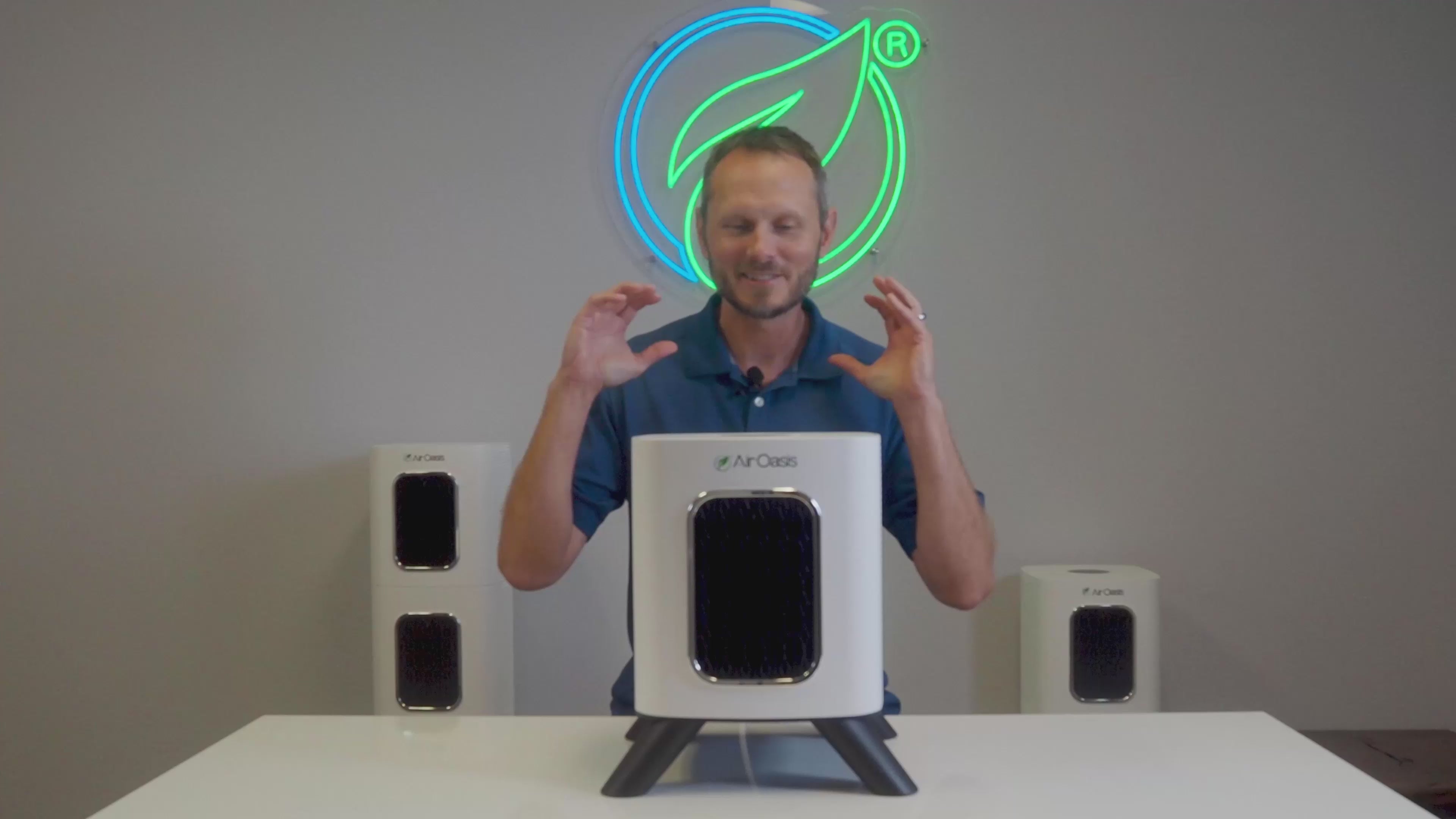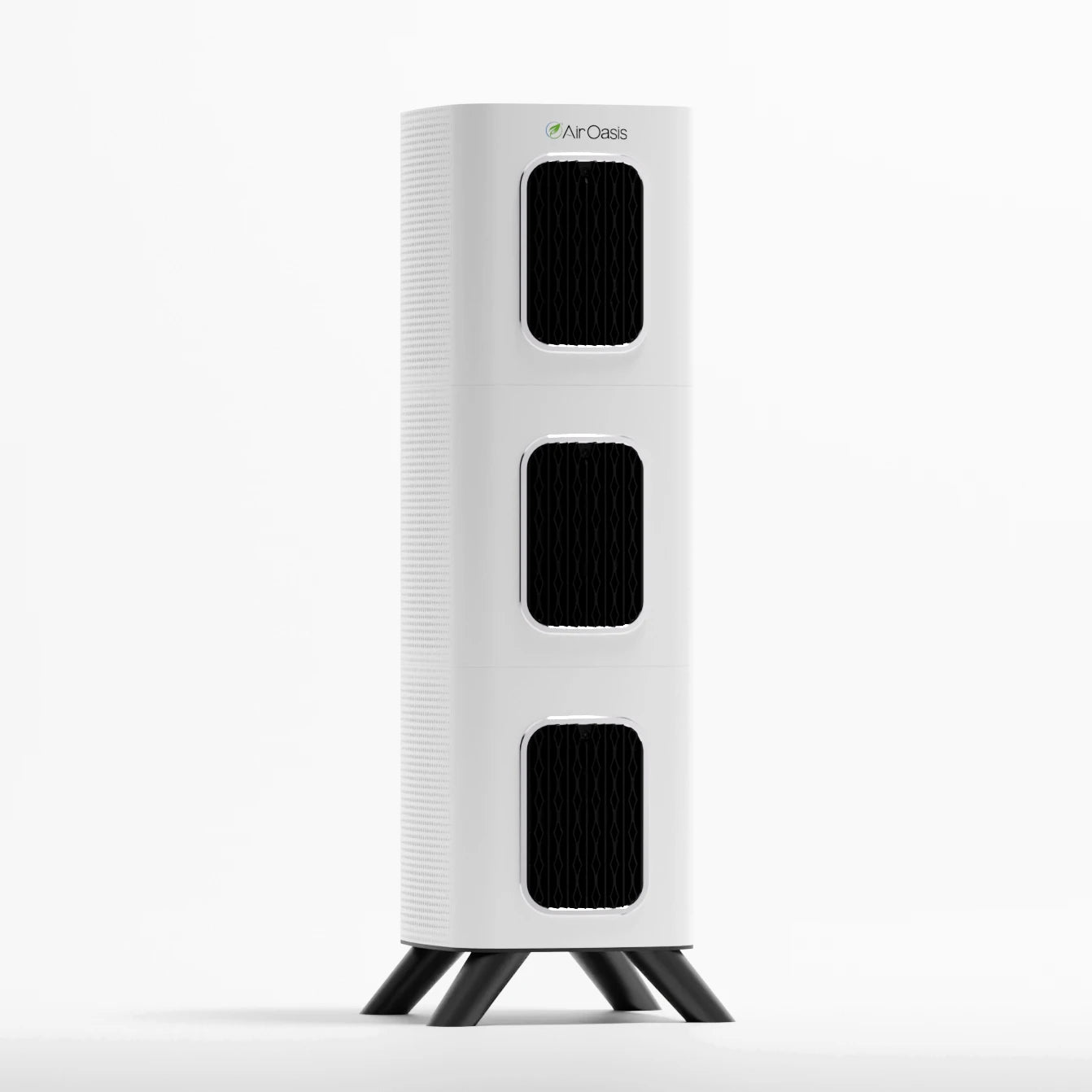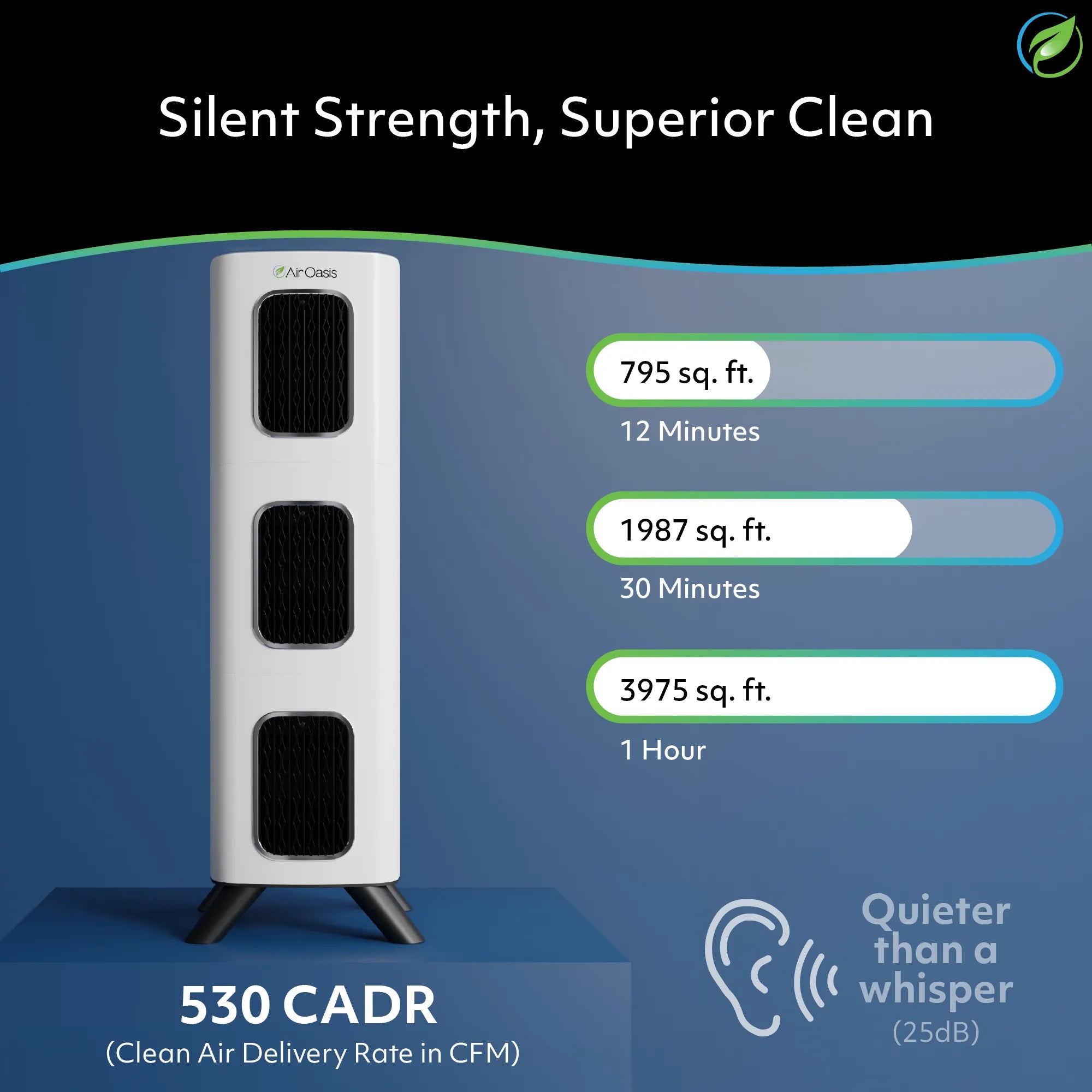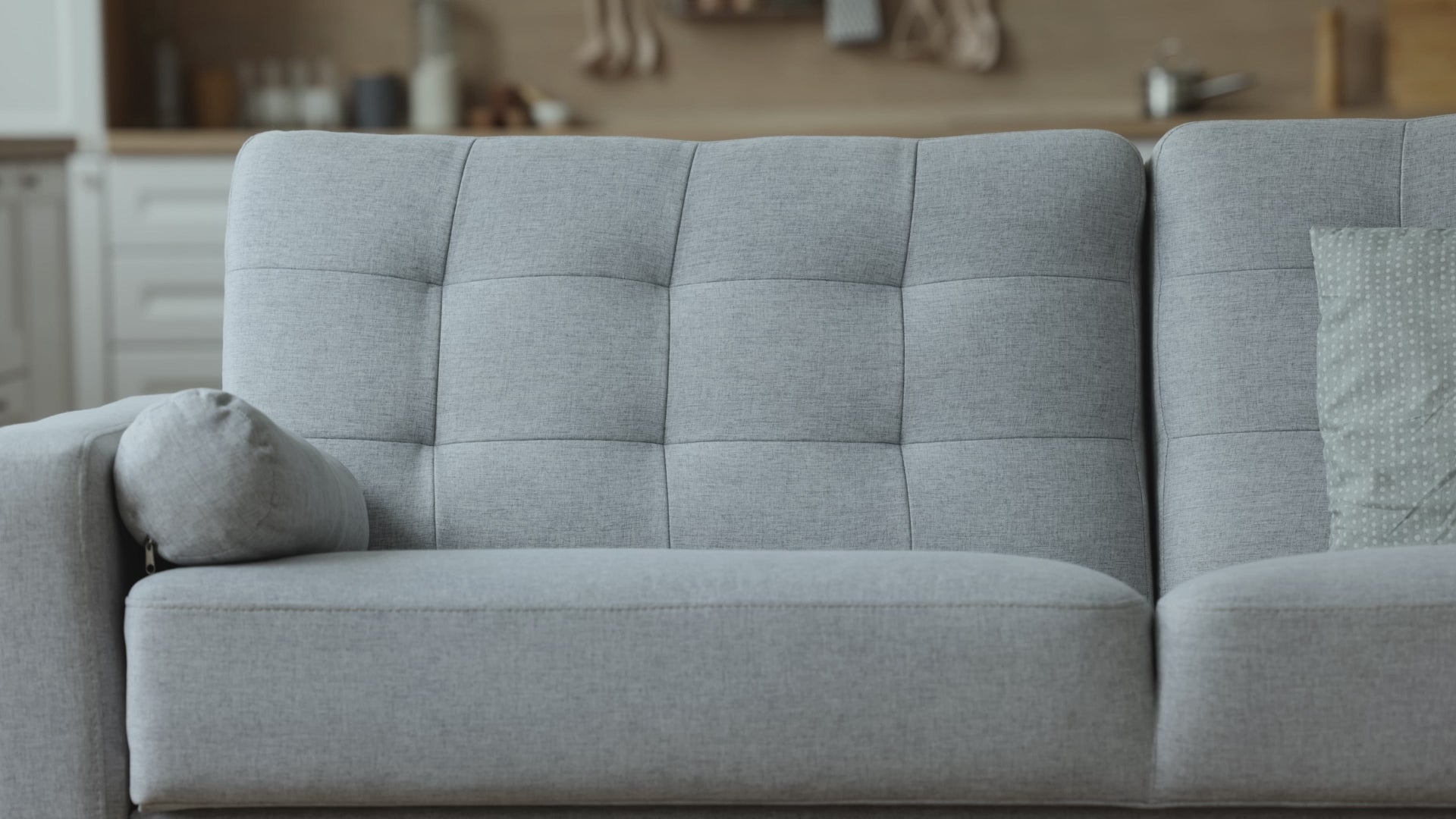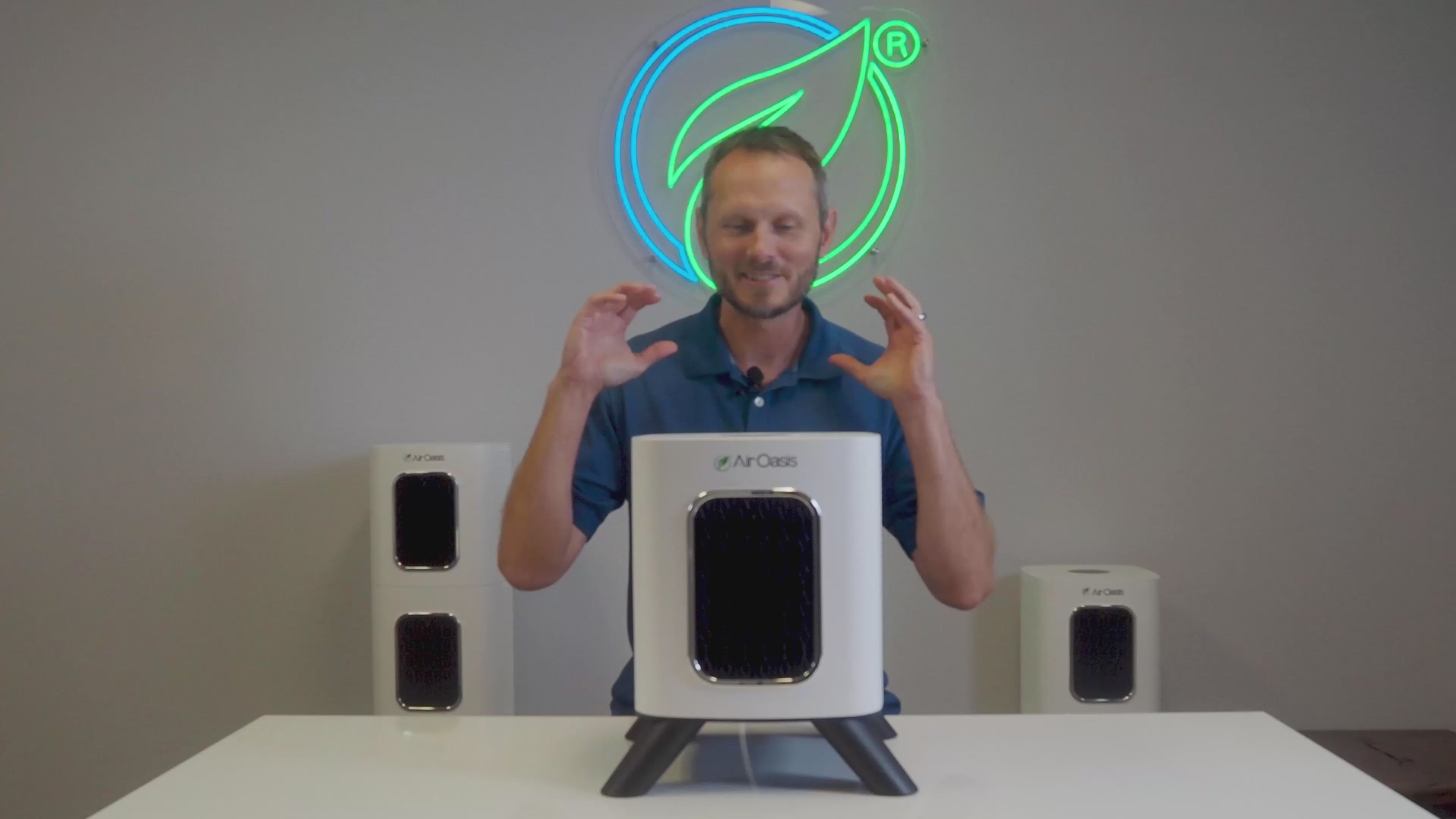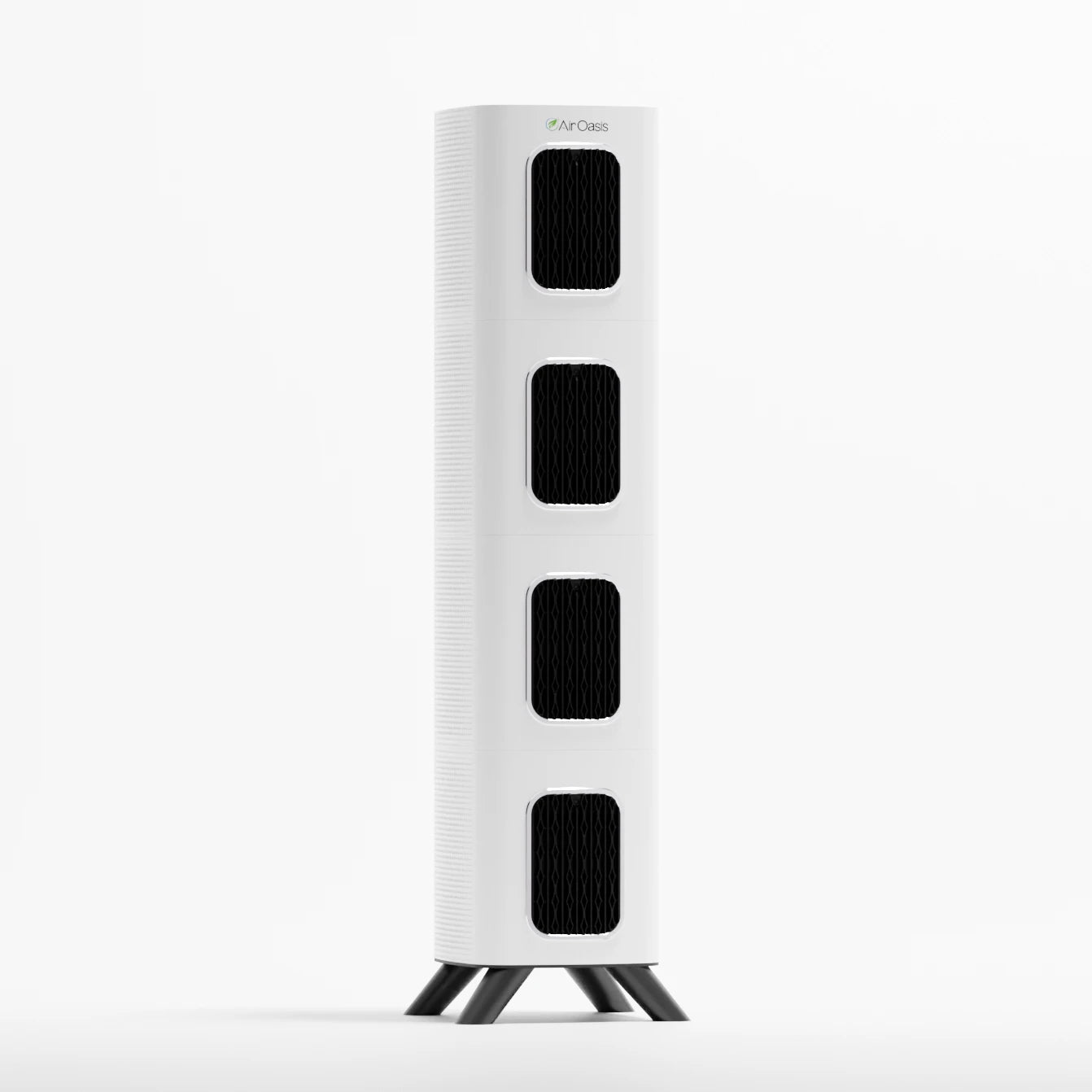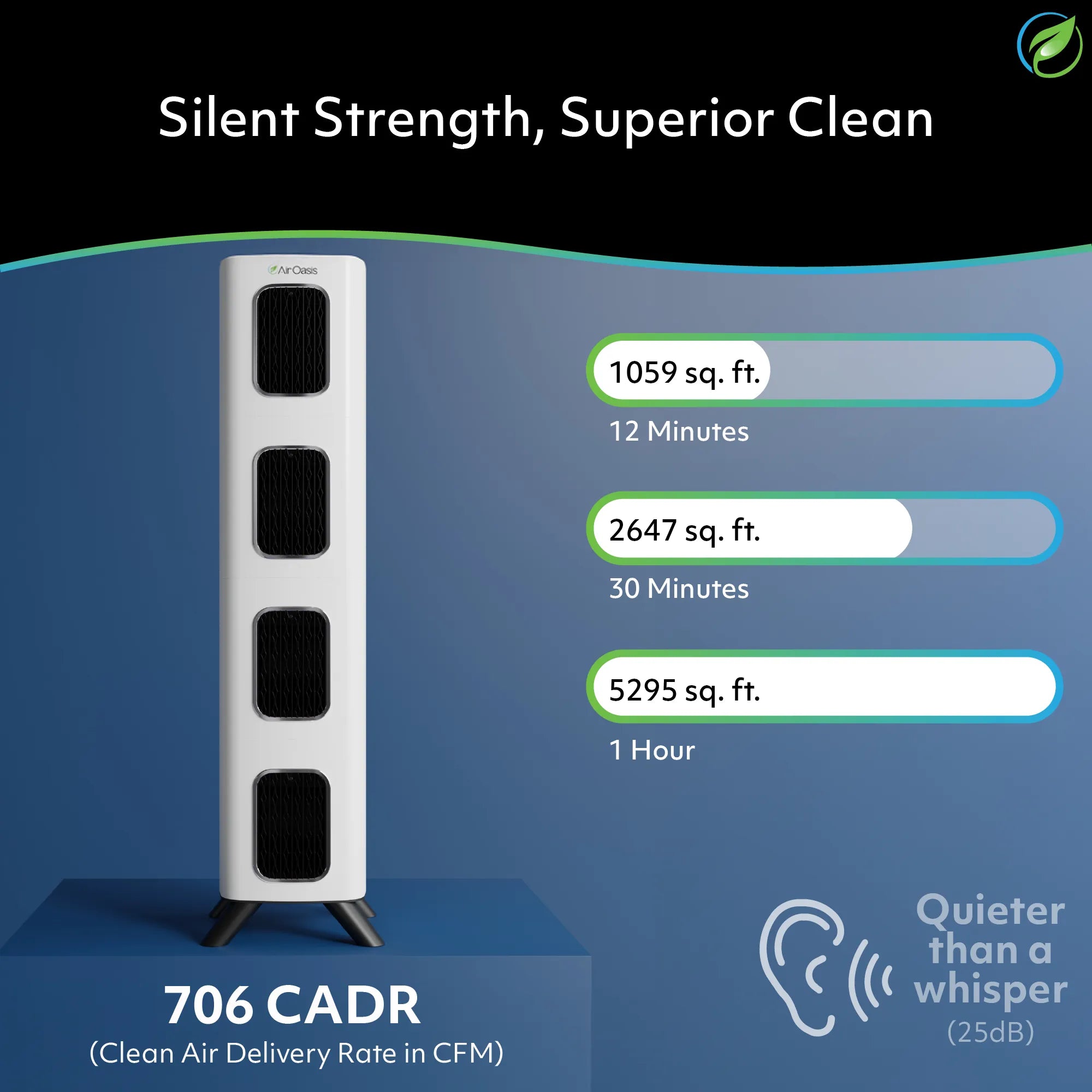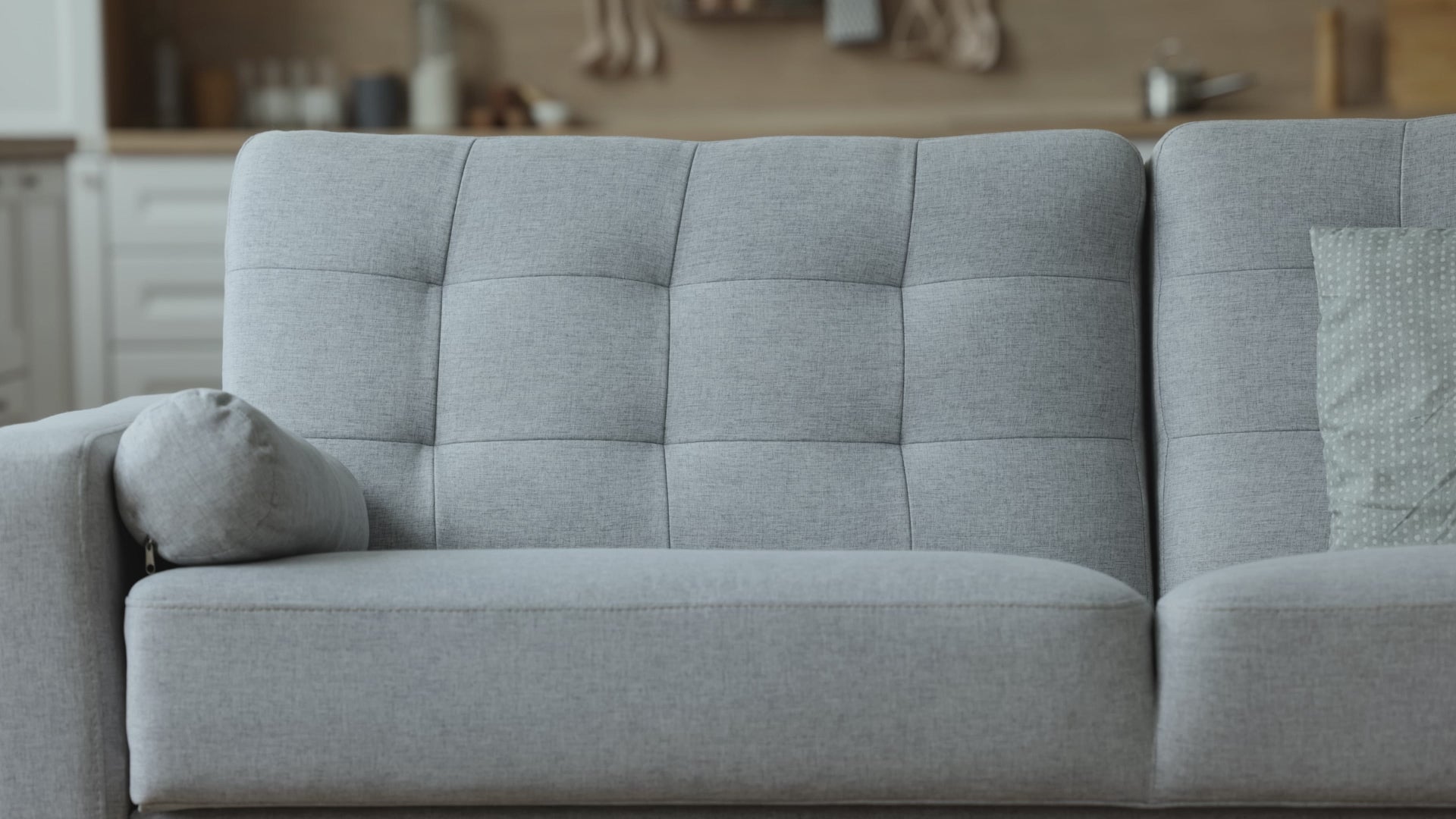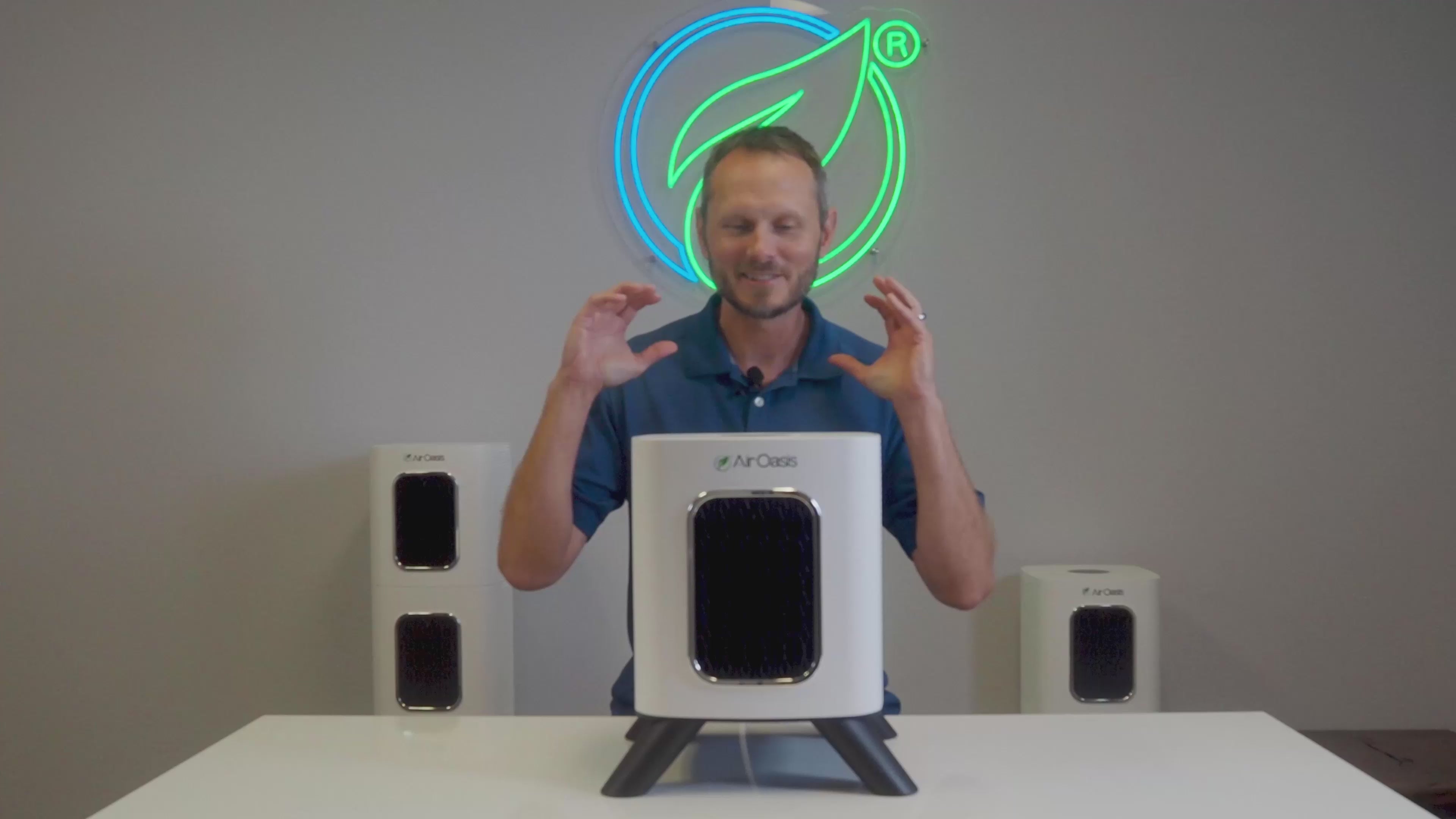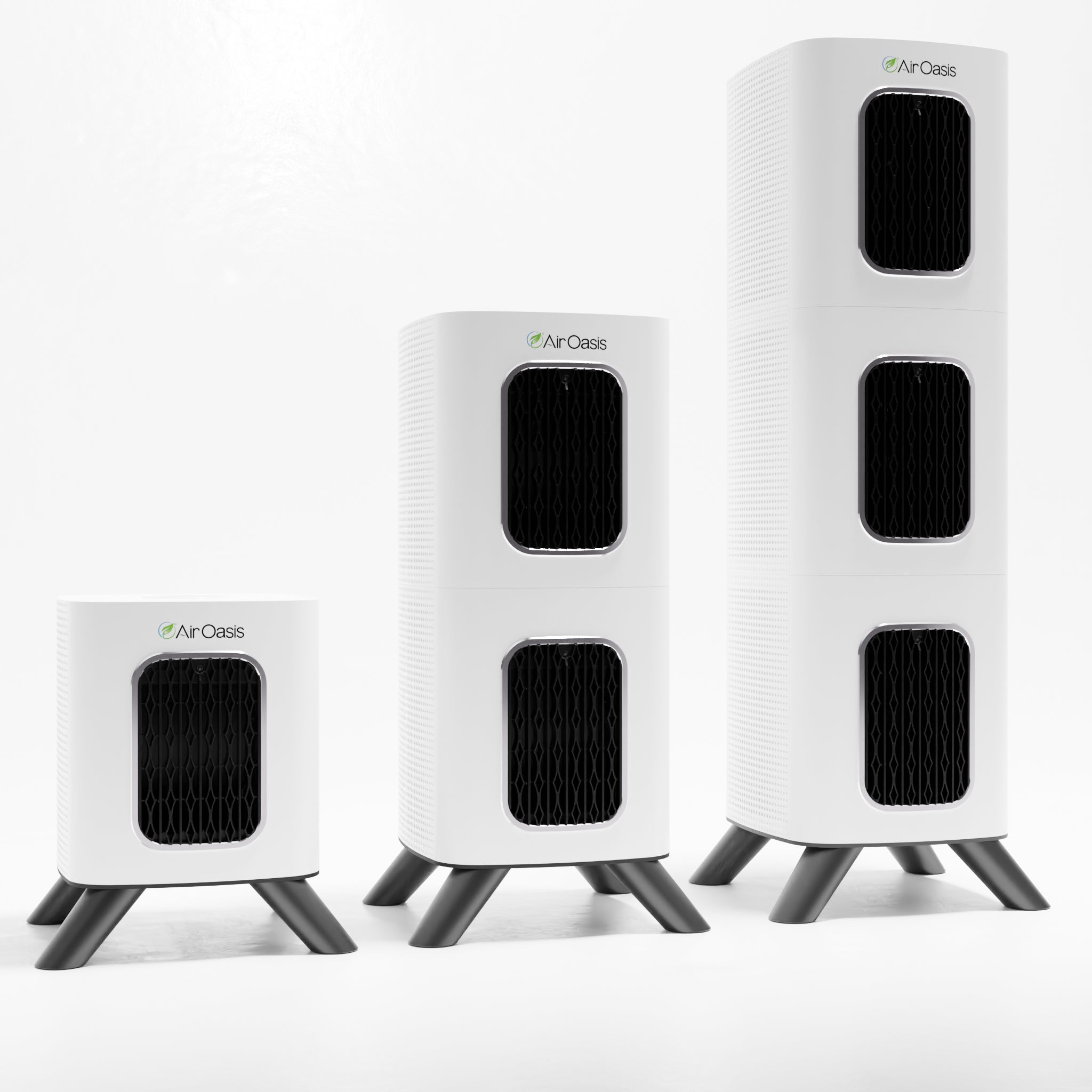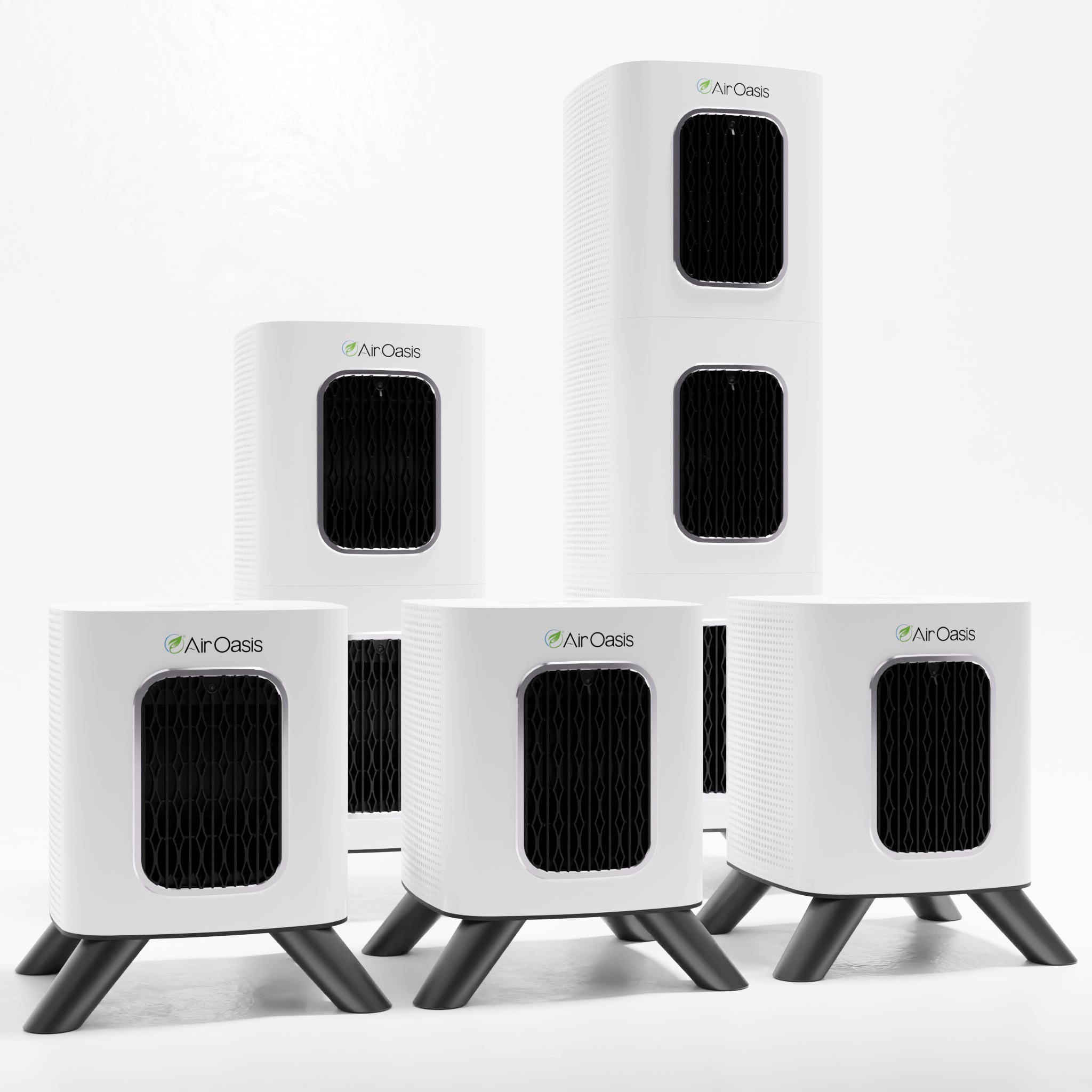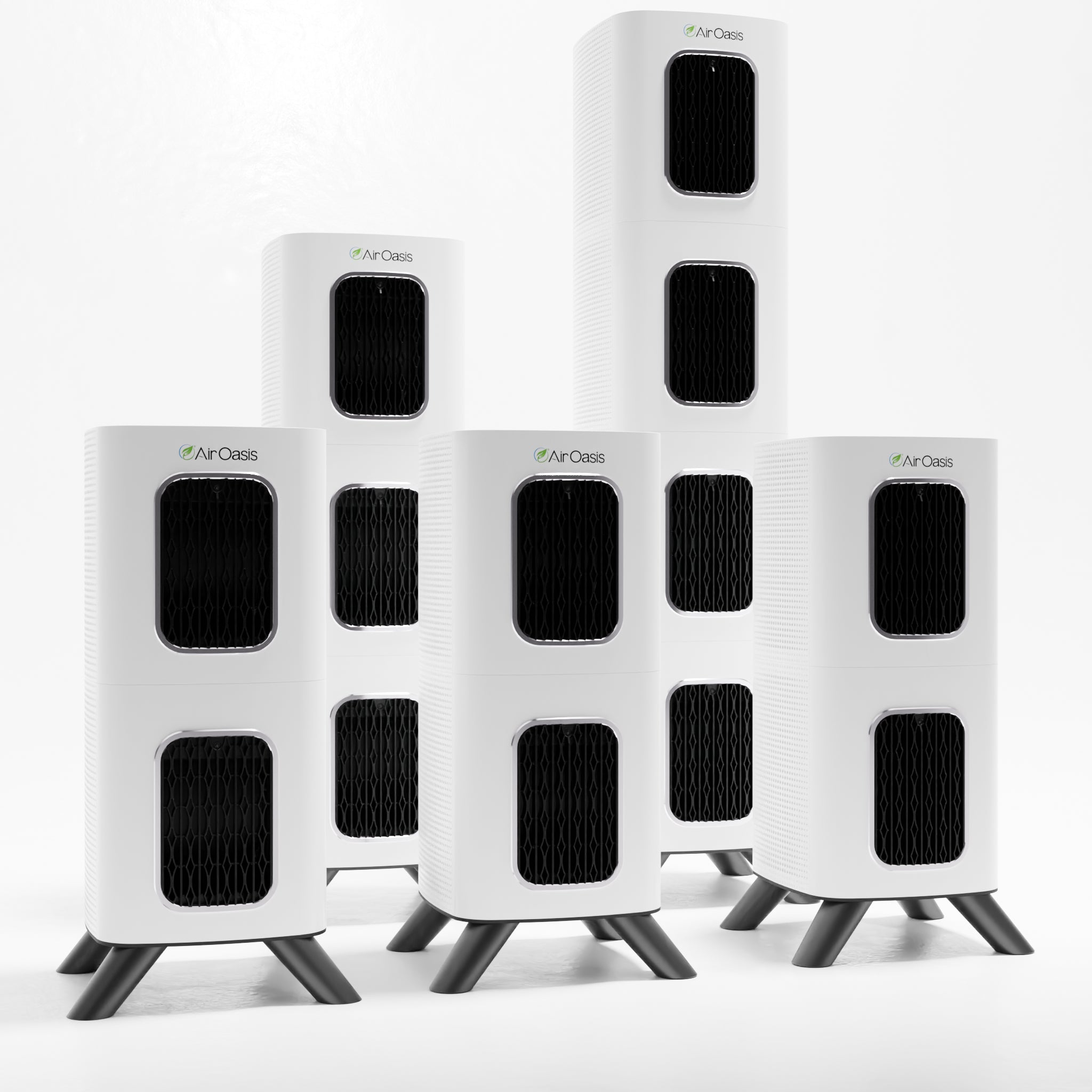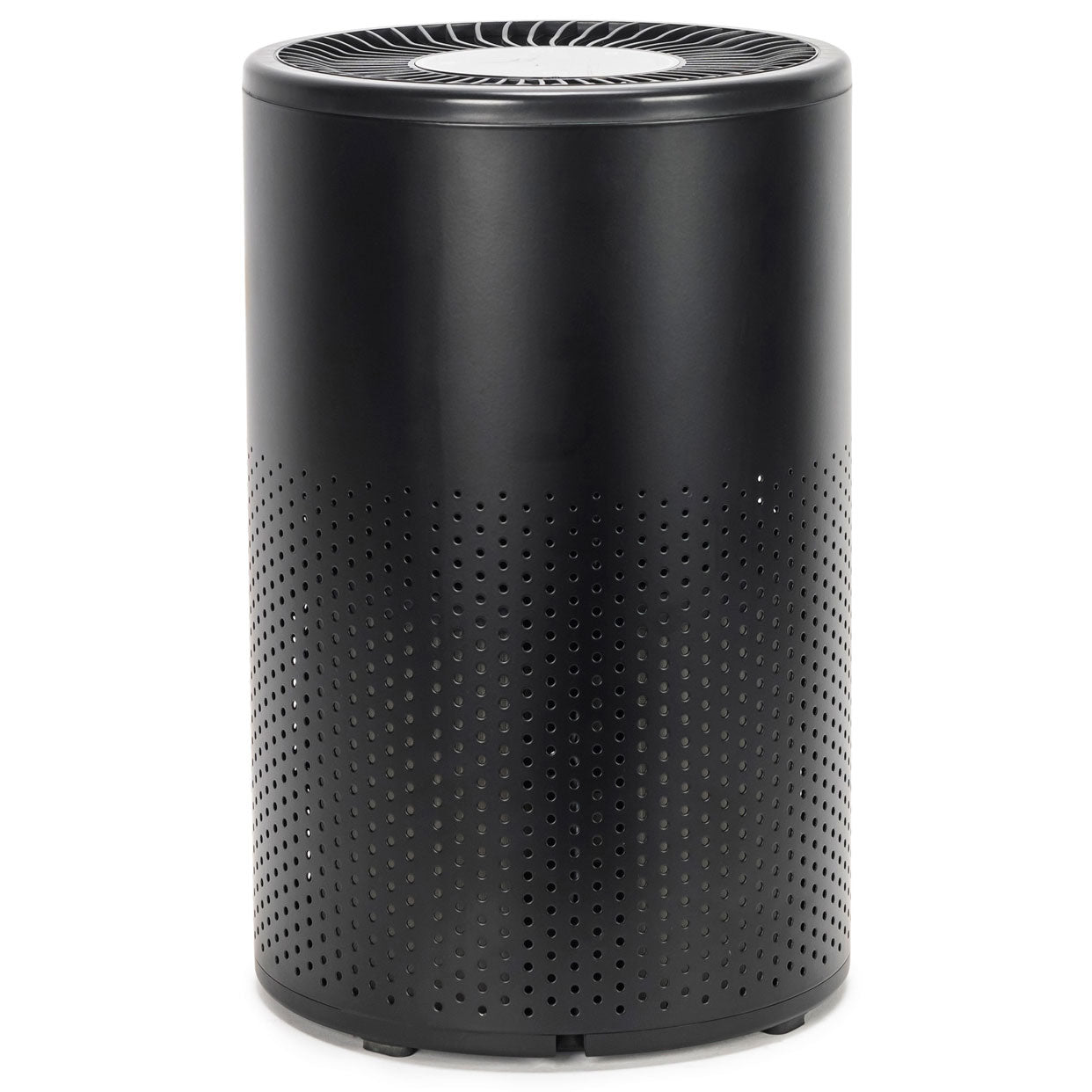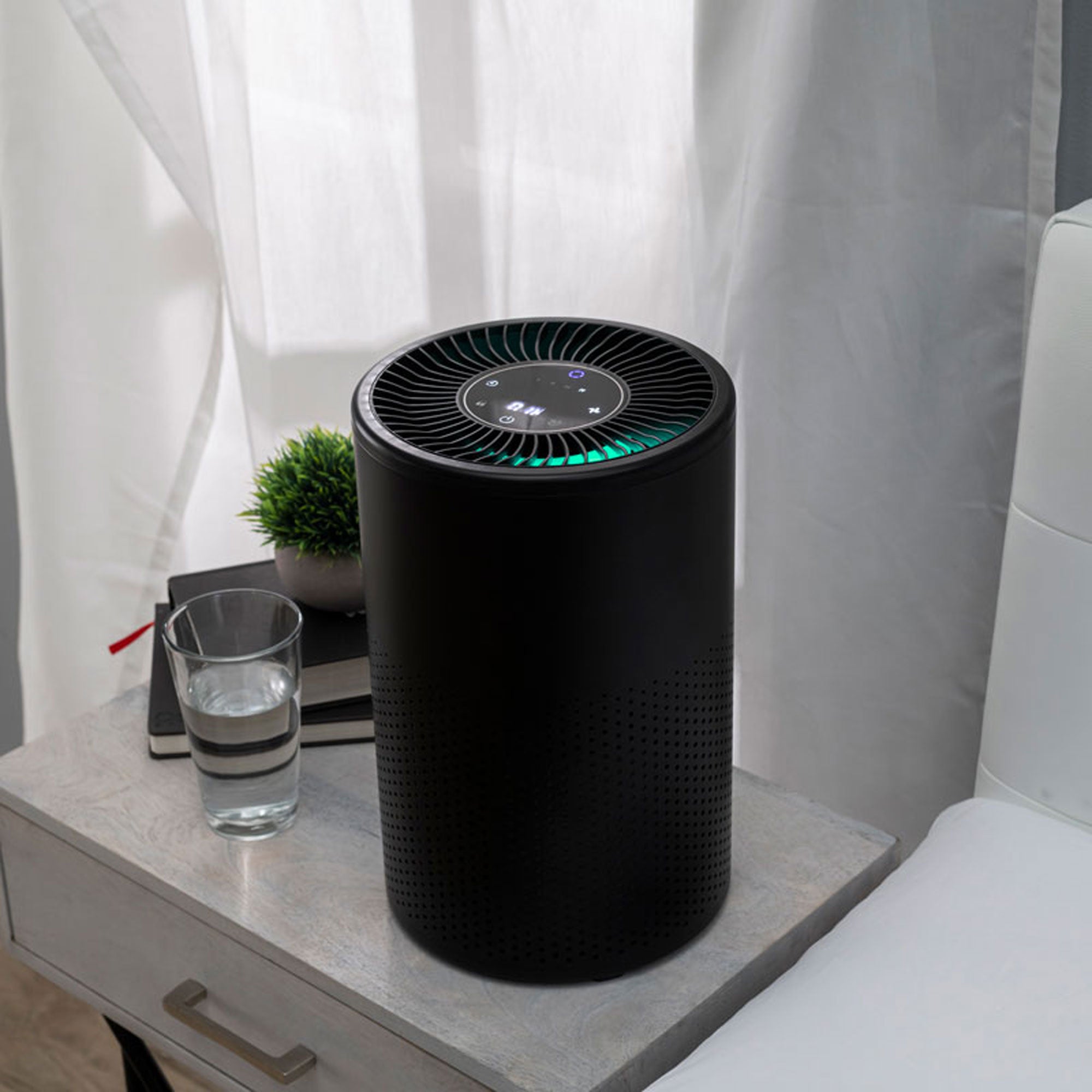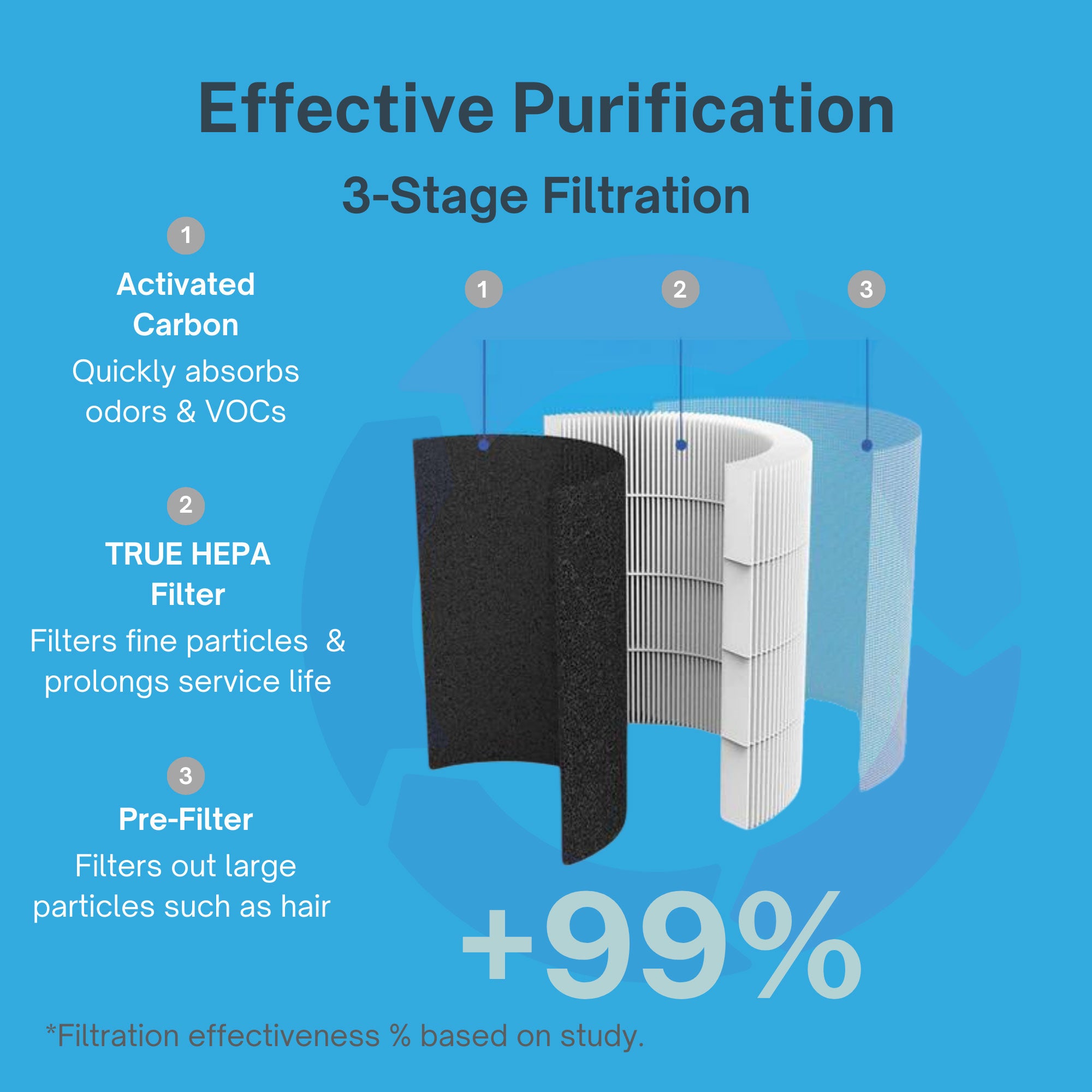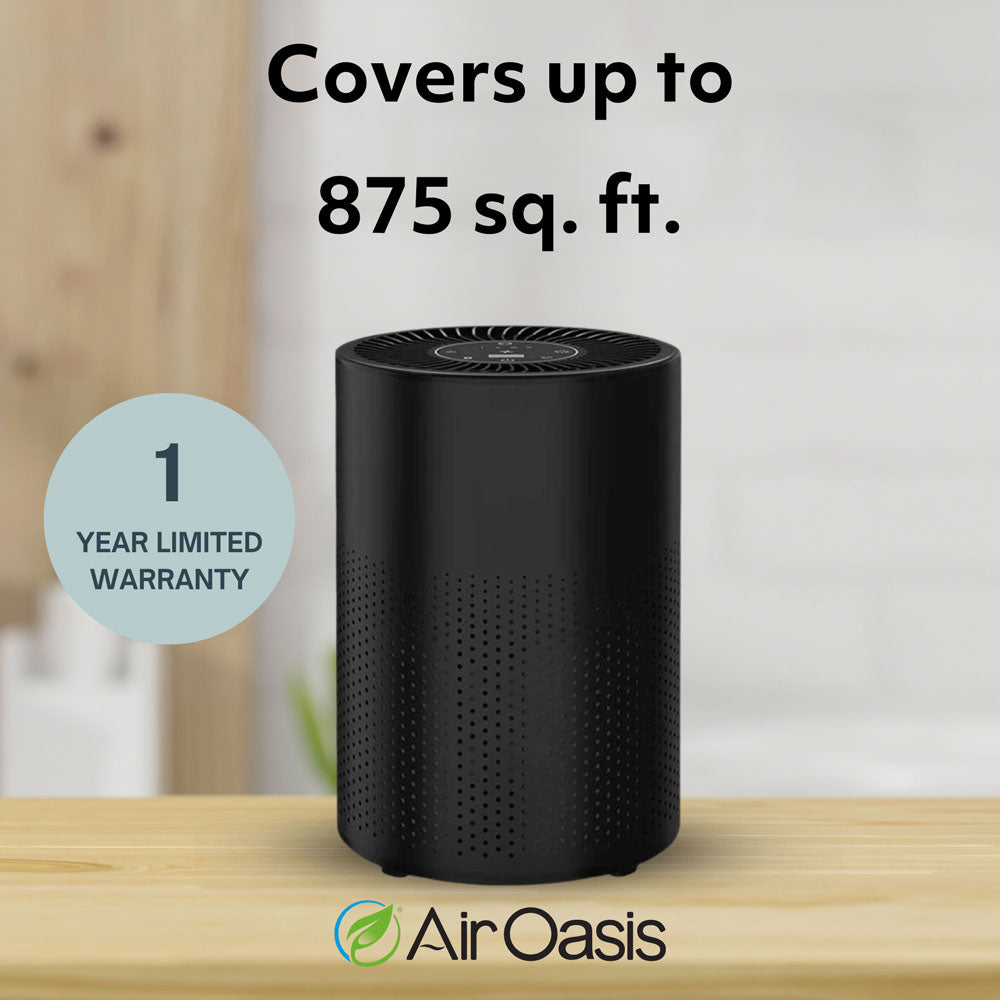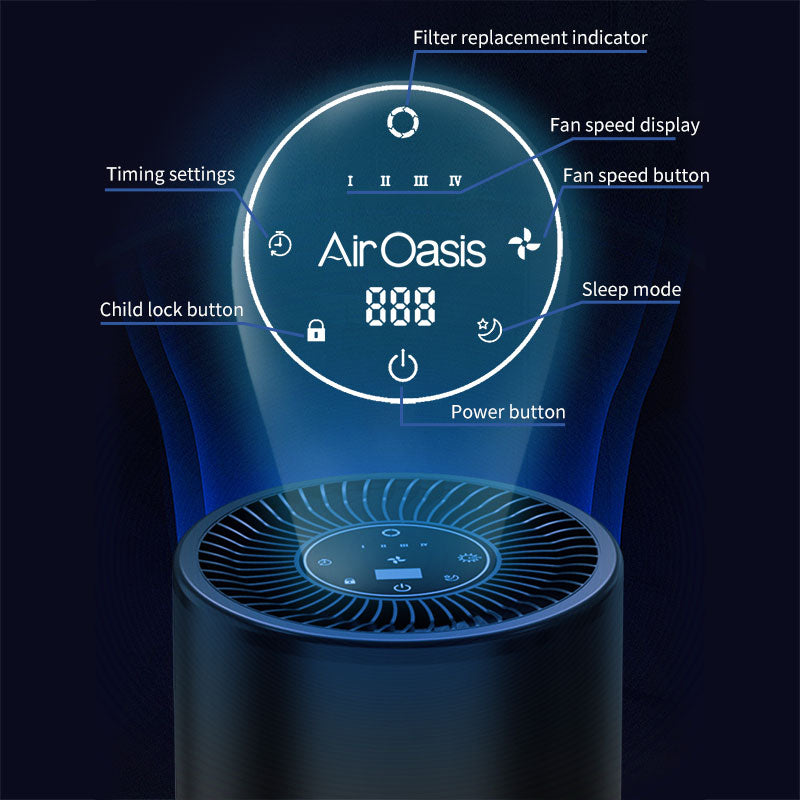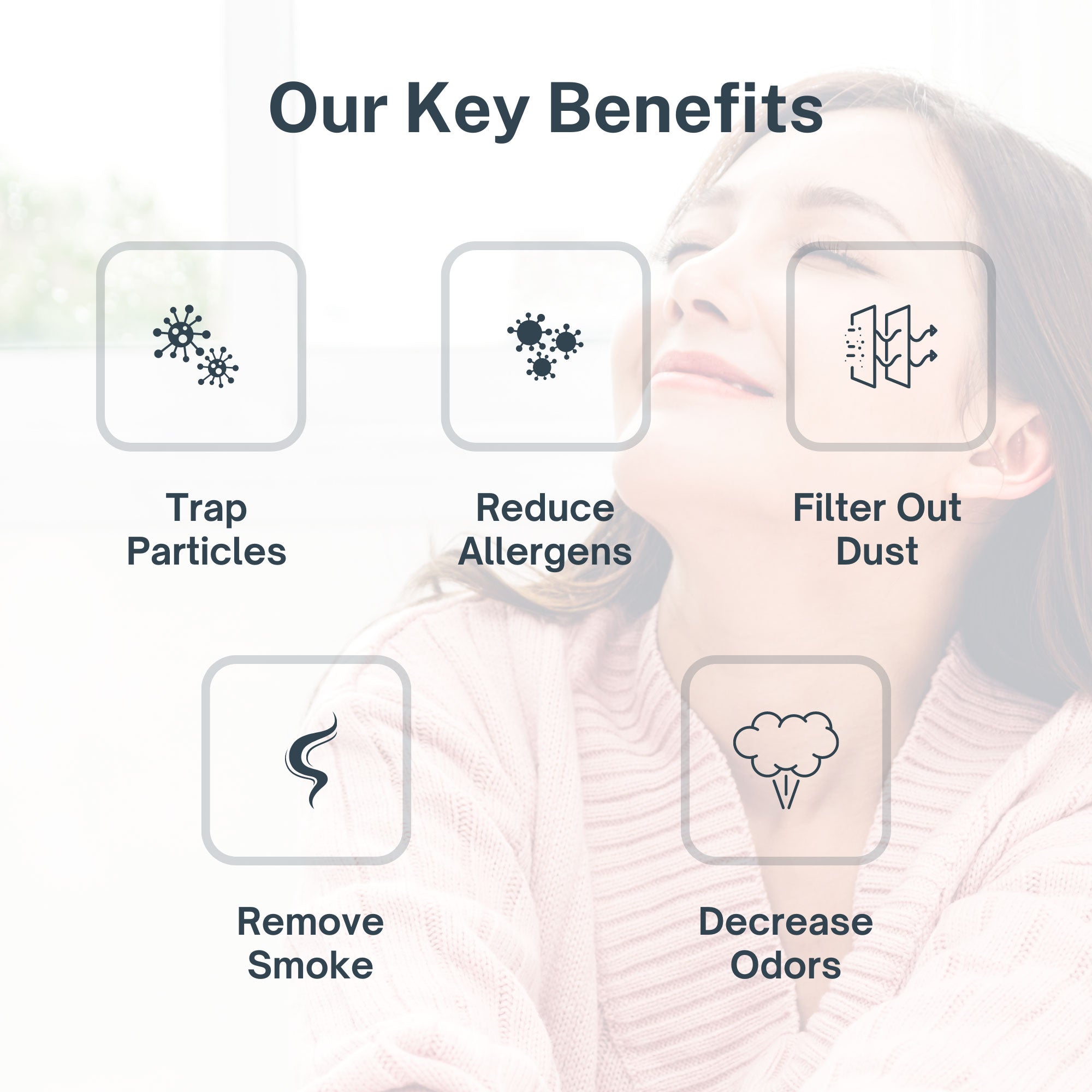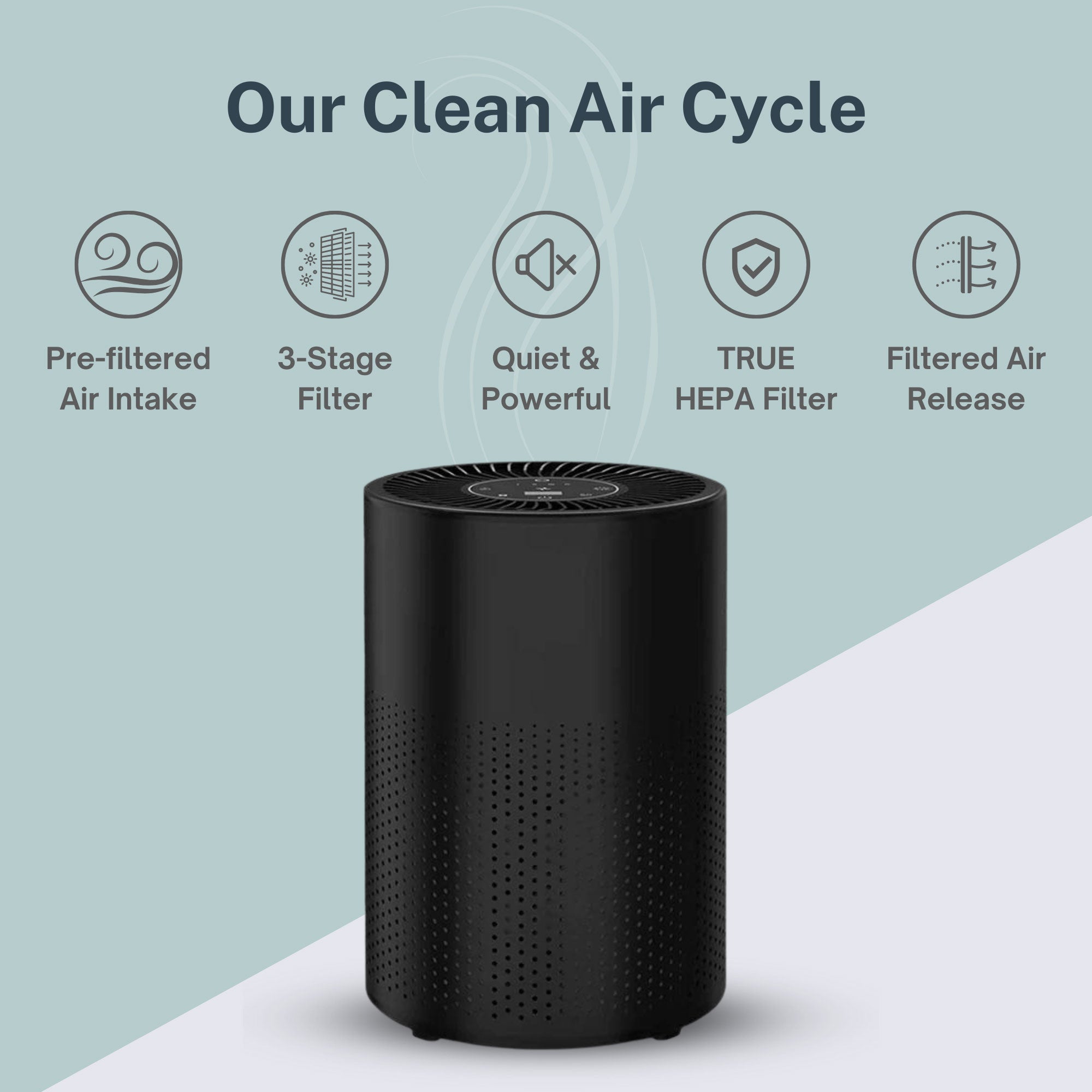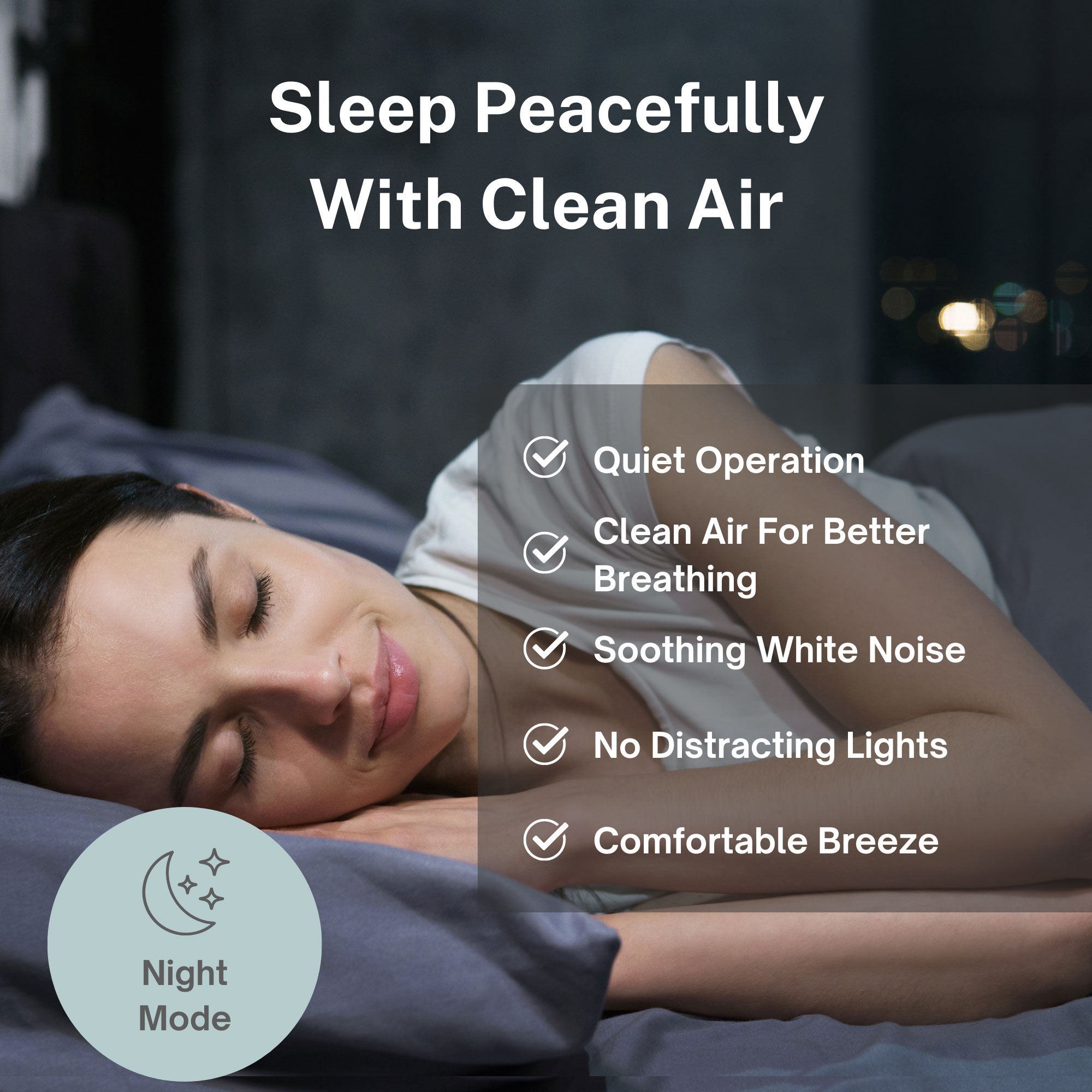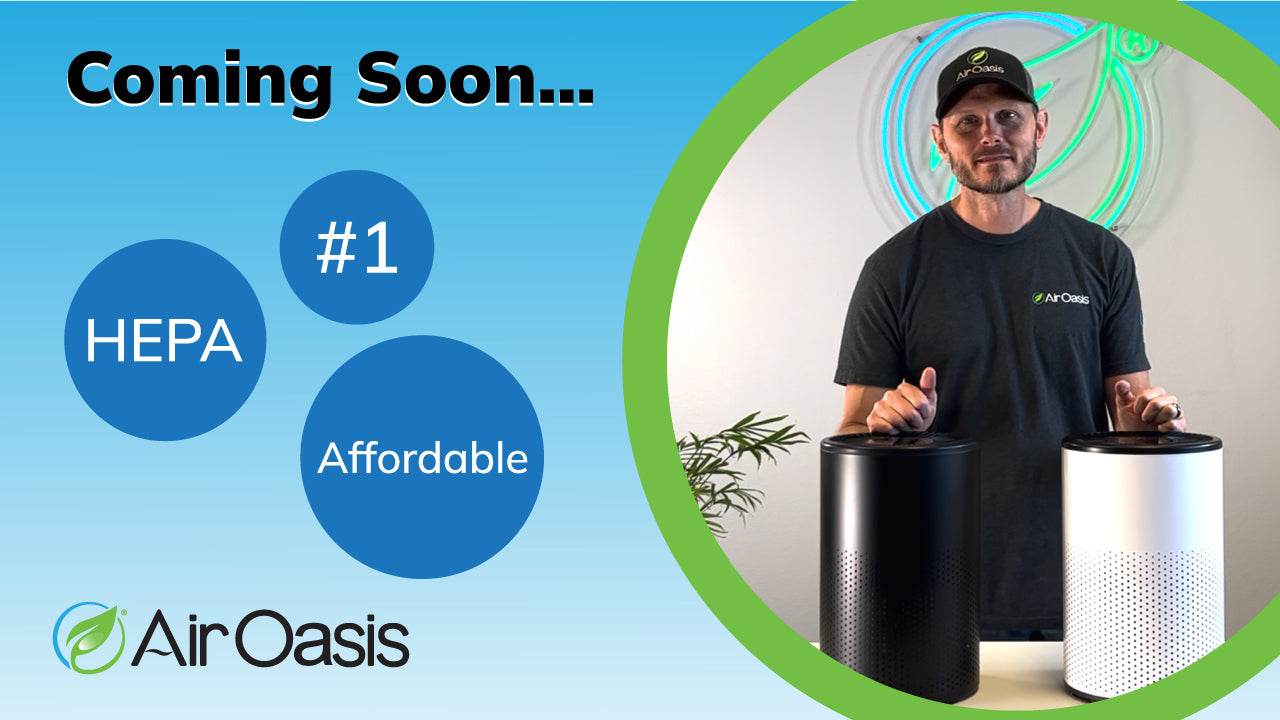Good question.
There are components to how air purifiers work that are fairly straightforward and simplistic (like forced air). There are other components to air purifiers that are very advanced (bi-polar ionization).
We’ll review all of the basics in an effort to answer the Q: “How do air purifiers work?”
Have additional questions about air purifiers? Our blog is chock-full of relevant content about air purifiers. Read away!
Forced Air: Fans & Filters
The easiest way to describe how air purifiers work is to think about your HVAC or any air filtration system. These appliances and systems used forced air to pull air in and out in a specific order. Any modern building is set up to facilitate this, with a labyrinth of ductwork and ins/outs to ensure safe, clean air.
While there are some air purifiers for whole buildings, many people prefer and use portable air purifiers. These use air purification methods in a given space, typically up to 800 square feet.
If you set a portable air filter in a room, it will almost always use some kind of HEPA filtration. We’ll talk more in a minute, but the idea is that the air purifier pulls in air from the room, then uses fans to force it through the HEPA filter. It may go through other types of treatment in a multistage air purification approach (we recommend this).
While the basic function of an air purifier described here is mechanical, there are also non-mechanical processes that may be used, which include UV light and ionization. As you consider how air purifiers work, it’s worthwhile to become familiar with all of these air purifier technology options.
Air Filtration
A century or so ago, as the scientific community became more aware about all of the microorganisms invisible to the naked eye, the concept of air filtration arose. It’s been an interesting journey:
- In the 1860s, a man named John Stenhouse filed patents for the first-ever practical respirator which used the absorbent properties of wood charcoal to purify the air.
- Within the next decade, Stenhouse’s original respirators were used along with similar breaching devices to aid firemen.
- By 1963, the first HEPA air filter was developed.
From the military to civil services to medical care, air filtration has been continuously developed to protect people in numerous environments.
The evolution of technology began with mechanical processes using charcoal and carbon, then evolved into the finely woven mesh that is HEPA, then advanced into high-tech air purification methods. Let’s run through each of those.
Carbon Filters
Activated carbon filters are the recognizable black bricks that emerged from early uses of activated charcoal. Note: charcoal has carbon in it, but also has residual oxygen and hydrogen. Carbon is a pure element, occurring naturally and used for many purification processes, especially for water and air.
HEPA
HEPA filters have been the gold standard of mechanical air filtration for several decades now. HEPA is a pleated, mechanical air filter that has an official definition from the U.S. Department of Energy and is globally recognized as an effective way to filter out particles as small as 0.1 microns. Some companies now talk about Ultra-HEPA or true HEPA, with some evidence to support the ability of immense manufacturing precision to filter out even smaller airborne particles.
High-Tech Air Purification
Emerging technology and similar advances have made it possible to adapt certain processes — light waves, chemical processes — to air purification. These high-tech approaches have proven highly effective and may represent the next generation of how air purifiers will work in the future.
UV Light
Short-wave ultraviolet light has been proven to reduce bacteria and viruses, kill mold, eradicate pathogens, and much more. Early inventions for UV air filtration have been around since the 1800s and popularized in the 1930s for germicidal use. Today, UV light is used as an effective part of an air purification system.
To investigate an air purifier that features this technology, click or tap here.
Bi-Polar Ionization
Perhaps the most elite form of air purification technology is bi-polar ionization. The original technology for ionic air purifiers has been around for a few decades, and is credited to researchers at NASA. It’s become more widely talked about with the escalated need to limit the spread of viruses during the last two years.
Essentially, ionic air purifiers clean the air by blanketing it with negatively charged ions. These attract positively charged ions. Droplets in the air are subject to this process and become too heavy to float, which removes them from the air people breathe.
You may have read news stories that refer to this as air ionization or needlepoint bi-polar ionization.
The details of bi-polar ionization and similar technologies is pretty specific; we recommend you read this article on Ionic Air Purifiers to learn more.
Air Purifiers in Your Home
All of this technology exists to provide people with cleaner air to breathe. As you consider which type of air purifier to bring in your home, knowing how air purifiers work is a good start. Then, you need to consider the specific portable air purifiers you’re looking at to determine if they’ll perform well.
Here are a couple of considerations:
How Many Square Feet Can an Air Purifier Cover?
First, even the best air purifier in the world won’t work if you’re not putting it in the right space. Air purifiers are created with a certain capacity for handling air flow. Many will have indicators about the air quality in the room they’re in, but they have a limit.
This means that you can’t put an air purifier created to purify 500 square feet in an auditorium and expect it to work well. You need to measure your space, then buy an air purifier that matches it.
To get an idea of the square feet an air purifier can cover, head to our product comparison page.
Where to Place an Air Purifier in Your Home
A second consideration is where to put an air purifier in your home (or office, or school, etc.). A few tips:
- Place your air purifier away from obstruction that would limit airflow. In other words, don’t stick it so the intake is directly against a wall or piece of furniture.
- Don’t put your air purifier directly next to doors to the outside. Air purifiers take in the air, treat it, then reissue clean air. You don’t want to put your air purifier directly next to a screen door that stays open all of the time, or you’ll literally be treating outdoor air.
Related: How to Tell if Your Air Purifier is Working
Find a Portable Air Purifier
The big idea here is that air purifiers work. When it comes to how air purifiers work, it’s likely using one of the processes listed above.
If you’re ready to dive in and buy an air purifier that works, shop here.




